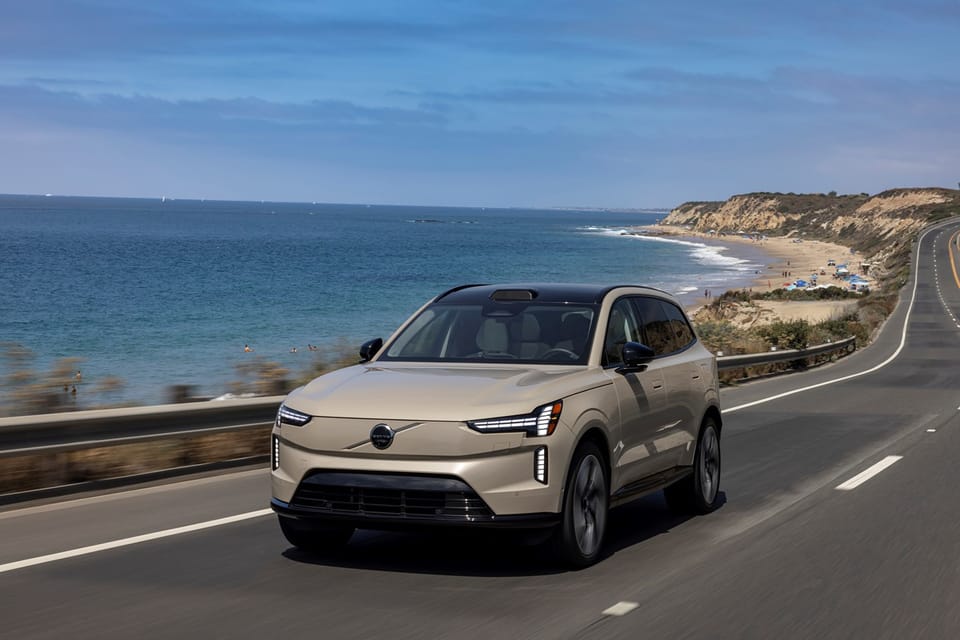Volvo drops 100% EV goal by 2030, adjusts GHG reduction target

European car manufacturer Volvo says it might still sell a small amount of hybrids by the end of the decade due to market uncertainties – including recent tariffs.
Volvo, which posted record-high revenue of US$38.9 billion in 2023, was previously aiming to sell 100% fully electric vehicles (EVs) by 2030. But slower-than-expected charging infrastructure developments, the withdrawal of government incentives in certain markets and recent tariffs on EVs have made it reconsider its ability to meet the target.
The EU recently raised tariffs on Chinese electric vehicles, which are now ranging from 17.4% to 37.6%. It follows a similar decision by the US, which raised tariffs on China-made EVs from 25% to 100% in May 2024. Volvo's majority shareholder is Chinese company Geely, and the carmaker produces many of its electric models from Chinese plants.
Now, Volvo is aiming to sell at least 90% electrified cars (including EVs and plug-in hybrids) by 2030, with the remaining 10% made up of “a limited number of mild hybrid models”, ie. hybrids without a cord.
Read also: Electrolux’ Vanessa Butani takes lead sustainability role at Volvo Cars
“We are resolute in our belief that our future is electric,” said Jim Rowan, chief executive of Volvo Cars. “An electric car provides a superior driving experience and increases possibilities for using advanced technologies that improve the overall customer experience. However, it is clear that the transition to electrification will not be linear, and customers and markets are moving at different speeds of adoption. We are pragmatic and flexible, while retaining an industry-leading position on electrification and sustainability.”
Impact on Volvo climate targets
As a result, it has also lowered its GHG intensity reduction target for 2030, from 75% to 65-75%, from a 2018 baseline. For 2025, the company aims for a 30-35% reduction, instead of the previous aim of 40%.
In comparison, Nissan is aiming to reduce CO2 emissions per vehicle lifecycle by 30% and manufacturing CO2 emissions per vehicle by 52% by 2030.
In the first half of 2024, Volvo’s emissions per car were 25% lower than its 2018 baseline.
More than half of Volvo sales should be electrified by 2025
With five fully electric cars on the market, the company’s share of EVs in overall sales stood at 26% in the second quarter of 2024, while EVs and plug-in hybrids together made up 48%.
Volvo has another five EV models in development, and expects the percentage of electrified products to come in between 50 and 60% of sales by 2025. Its recent decision should have no impact on its capital expenditure plans.
“Well before the end of this decade Volvo Cars will have a complete line-up of fully electric cars available. That will allow Volvo Cars to make the move to full electrification as and when the market conditions are suitable,” the company added.
Few automakers have EV ambitions aligned with a 1.5ºC future: according to InfluenceMap, just Tesla, Mercedes-Benz and BMW are forecast to produce more than 66% electric vehicles by 2030. Many others are lobbying against supportive policies such as the phase-out of ICE vehicles. Volvo was not included in the InfluenceMap report.







Member discussion